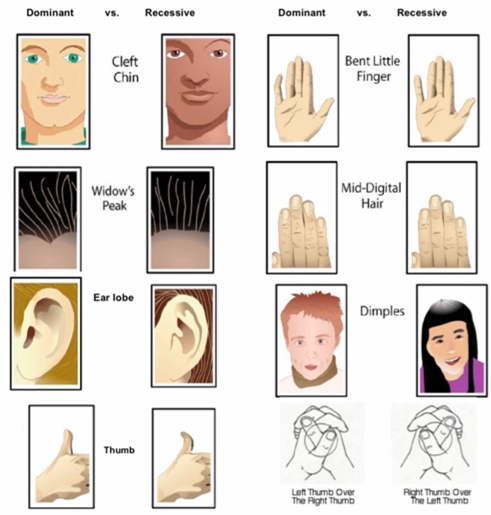
When I was in elementary school, we had a class activity about special ‘talents’ where we were tasked with asking family members if they also had those same ‘talents’. It wasn’t until I got to middle school and high school when I was taught that these talents the teachers were asking us to map in our family were actually genetically linked traits. Such traits include rolling your tongue into a taco-like shape (65-81% of sample population), wiggling your ears (74% of sample population) or being left handed and/or ambidextrous (10% of sample population). The information I learned about human genetic diversity increased to blood type, eye colors and many more complex traits that we were able to map in our family trees. These kinds of ‘talents’ that I perceived as being super cool and unique as a child were surprisingly a lot less unique when compared to the general human population. This got me thinking about what kind of human genetic traits or ‘talents’ are actually rare throughout the population. As seen in the image above, the variants even down to the length of a middle finger or attachment of an earlobe can differentiate us from our friends and family members. Now, before we begin the dive into the human population, there is a need to point out that the purpose here is not to argue about nature versus nurture. It is rather to discuss some unique genetic variants within the general human population. With that out of the way, let’s begin exploring how unique we really are.
When you search for unique human traits in Google, some of the more common results that pop-up include left handedness (10% of people), green eyes (2% of people), red hair (~2% of people), dimples (35% of people) tongue rolling (65-81% of people, although the genetic link between people who can and cannot roll their tongue was not definitively proven and is considered a scientific myth today), and many others that I’m sure most of us have heard at some point in our lives. However, if you take a deeper dive into some of the more obscure results, you may be surprised by what you find. One of these results that I stumbled upon was the ability to recognize languages other than your own. A study in Science magazine discussed how English speaking people with dyslexia, a learning difficulty as it relates to reading and writing skills, had worse foreign language recognition skills, the ability to recognize another language outside of their own, compared to a control group of both their native and foreign language. Although not directly genetically linked, the ease and ability to learn a new language is a rare ability throughout the world. Multilingual people, those who can speak greater than four languages, make up 3% of the world population and polyglots, people who can speak more than five languages, make up only 1% of the population.

1) Adermatoglyphia: the absence of ridges on the fingers, palms, or toes
2) Albinism: the lack of substantial melanin deposited in the hair, nails or skin
3) Heterochromia: a genetic variation in which someone has two different colored eyes
4) Binder syndrome: the absence of a bridge in the nose causing a flattened nose and shorter upper jaw
Other unique rarities which are demonstrated in the image above include: (1) adermatoglyphia, (2) albinism, (3) heterochromia, (4) binder syndrome. If you’ve watched the movie The Curious Case of Benjamin Button then you’ll be familiar with the rare genetic disorder progeria, a genetic disorder that causes accelerated aging. Although rare in the grand scope of the human population, genetic variants such as progeria and albinism or even non-genetic traits such as foreign language recognition shows how much diversity and variation there is among us.
Ironically, the list of rare genetic variants in the human population could be as long as the list of common variants. Some traits may be less common than others and uniqueness is a subjective scale by which we cannot compare ourselves to our neighbors. What makes us all different but also the same is the fascinating evolution of genetic variety that we continue to learn more about each day.
Peer Editor: Chelsea Marie Smith